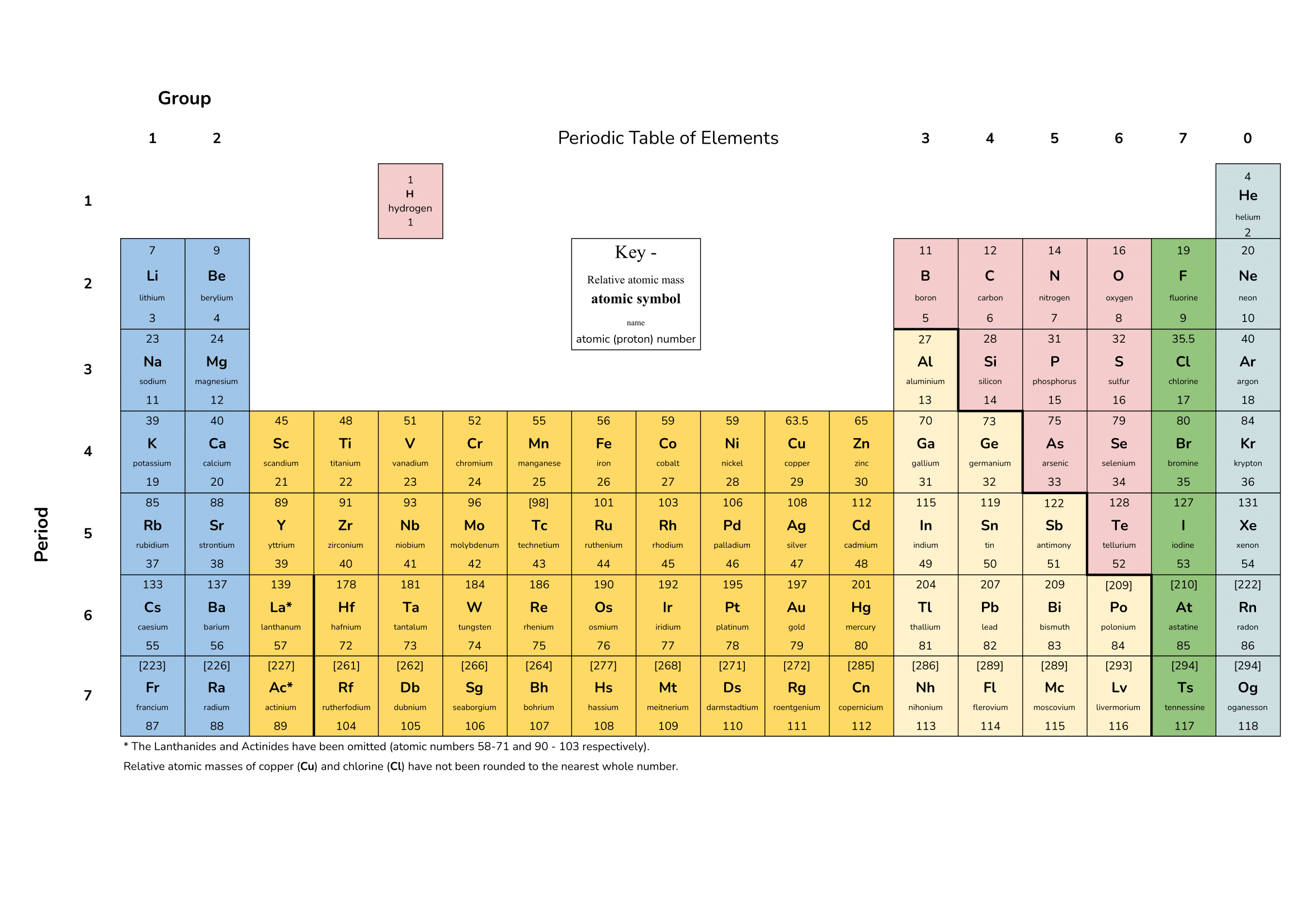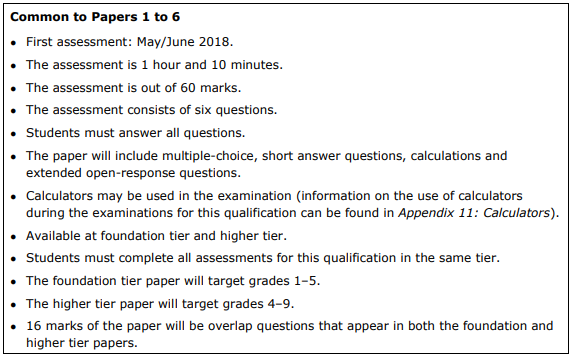Mock test. 1 hour and 10 minutes. 60 marks available.
Edexcel Combined Science Paper 4: Chemistry 2
Good Luck!
Is this higher or foundation?
This is a combined paper for higher and foundation students. You can achieve grades 1 – 9 on this paper, so it is suitable for all. Grades are moderated against the average result to give the most accurate indication of your performance. You can look at – How is this paper marked? for more information.
How is this paper marked?
This paper is automatically marked to determine which questions were answered correctly.
Your grade is determined using a Z-Score moderation system. Your GCSE exams are also moderated comparably so that the difficulty of papers is taken into account.
Roughly, this works by calculating your overall percentage and comparing it to the average percentage and the standard deviation. This means that for harder papers you need fewer points to get the same grade as you would for an easier paper.
As more students attempt the paper, the average score and standard deviation more accurately represent the difficulty of the paper and the grades become more accurate.
Making these papers and the marking system took considerable effort so if you found them helpful for your revision, please show your appreciation by rating the page.
What does Edexcel Combined Science Paper 4: Chemistry 2 cover - in more detail?
Paper 2 covers several fundamental topics which are common to paper 1. For example, understanding of atomic structure and the periodic table of elements are assessed by both papers. The goal of this paper is to advance the chemistry knowledge of students into other related fields such as Earth and atmospheric sciences. Additionally, the objectives are for students to understand how basic chemistry concepts apply to chemical processes that are essential for 21st Century technology such as obtaining metals through ores.
CC1 covers states of matter including the transition between states and their properties. CC3 and CC4 assess literacy of atomic structure and the periodic table, whilst CC5, CC6 and CC7 confirm students’ learning of chemical bonding and the various properties of materials. CC9 tests familiarity with chemical calculations using moles, relative formula mass, relative atomic mass and other fundamental concepts.
For the latter half of the chemistry course (CC13 and CC14) students are judged on their awareness of the various groups in the periodic table, as well as the rates of reaction and factors affecting reaction rates. In CC15 further understanding of chemical reactions and their relationship with energy is assessed. Hydrocarbons and their fractional distillation are addressed by CC16 alongside combustion and the breakdown of hydrocarbons. Finally, students’ expertise in the changing atmosphere from the early atmosphere to the modern atmosphere is tested. Students are also expected to show their understanding of climate change in CC17.
Are you finished with chemistry? Maybe you should consider trying out the previous chemistry mock – Edexcel Combined Science Paper 3: Chemistry 1.




